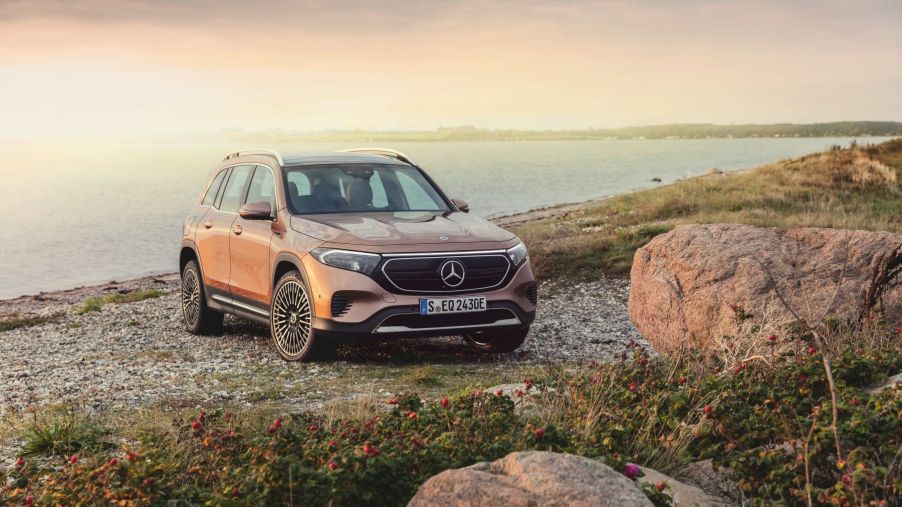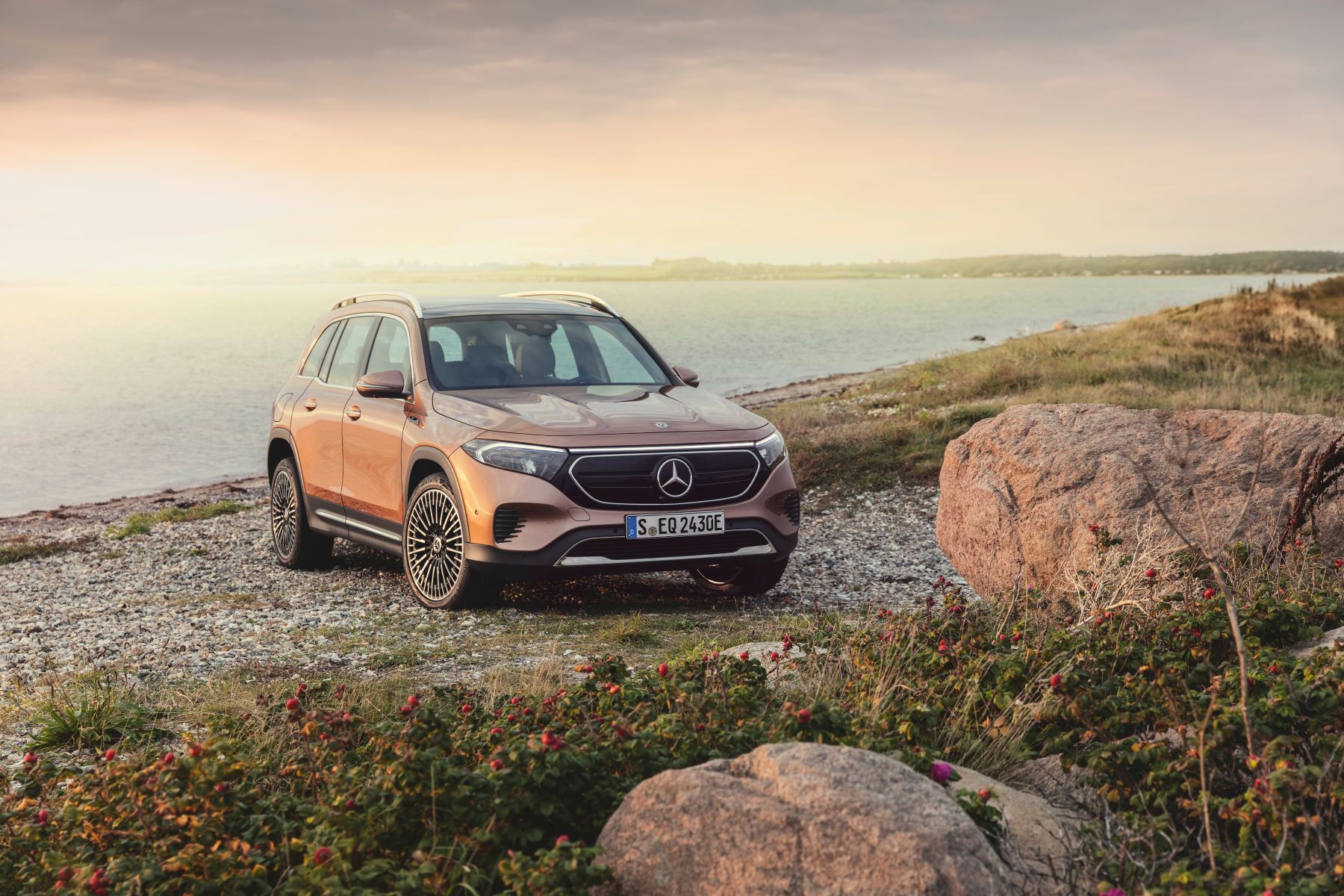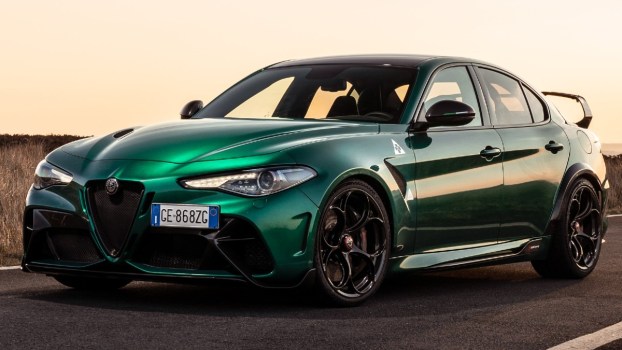
5 Audi e-tron Alternatives That Aren’t a Tesla Model Y
Audi’s electric vehicles are a great option if you’re planning to go clean and are looking for an EV that will offer a longer range and luxury amenities. Generally, the Audi e-tron is a popular model in the luxury EV segment. However, you may want to consider more Audi e-tron alternatives if the Tesla Model Y isn’t your cup of tea. Don’t worry; we’ve got you covered with five EV alternatives that stand out from the rest and offer comparable specs to the Audi e-tron.
1. BMW iX
In 2022, BMW released the iX EV model as an all-new fully electric luxury SUV. As a challenger to the e-tron, the BMW iX EV is powered by two electric motors, one for each axle, yielding a power output of 516 hp and 564 lb-ft of torque. Meanwhile, the M60 variant of the EV offers a whooping 610 hp and 810 lb-ft of torque. BMW’s high-performance variant EV scooted from 0 to 60 mph in just 3.6 seconds. Both drivetrains outperformed the Audi e-tron in acceleration, but it comes with a steeper price tag, starting at $84,100.
Like the company’s X5 and X6 mid-size SUVs, the iX EV also comes with a flat floor (no center hump), allowing plenty of space for rear passengers to stretch out. The five-seater EV also offers an impressive cargo capacity of 35.5 cubic feet behind the rear seats and 77.9 cubic feet once those back-row benches are folded flat. That’s more than the e-tron’s storage capacity of 28.5 and 56.4 cubic feet of cargo space behind each row.
2. Cadillac Lyriq
In August 2020, GM unveiled the Cadillac Lyriq EV as its first all-electric vehicle in over a decade. The EV is powered by GM’s Ultium Platform and a 102.0-kWh battery pack, with an estimated 312 miles per charge range. That’s over 100 miles more than the Audi e-tron’s rated range of 222 miles. The EV also offers a respectable performance gain with its 350-hp electric motor and a peak torque of 325 lb-ft of torque when paired with the standard rear-wheel drivetrain. The EV’s all-wheel drive variant gets a power bump from GM’s dual motor setup, with an estimated output of 500 hp and 450 lb-ft of torque. The EV also promises quick acceleration, as it takes about 5.4 seconds for the EV to go from 0-60 mph.
According to Edmunds, the Lyriq EV offers plenty of interior space for five passengers and comes with a cargo capacity of 28.0 cubic feet with all seats in place and a maximum of 60.8 cubic feet with the rear seats folded flat, similar to the e-tron. With a starting MSRP of $60,000, the EV is an excellent alternative to the e-tron, which falls under its price range.
3. Jaguar I-Pace
The British EV manufacturer, Jaguar, released the I-Pace EV model in 2018 as one of the company’s first all-electric vehicles. In fact, the I-Pace is the first luxury electric vehicle to challenge Tesla in the EV market. The EV features a standard all-wheel drive system, two electric motors, and a 90.0-kWh battery pack with an estimated 234 miles per charge range. The EV also provides a satisfactory performance with its 394 hp and 512 lb-ft of torque power output. That’s similar to the Audi e-tron regarding range and power output.
The Jaguar EV also offers plenty of interior space for five passengers with a cargo capacity of 23.2 cubic feet behind the rear seats and 55.1 cubic feet with all back-row seats folded flat, slightly lower than the e-tron’s rated storage capacity. The Jaguar I-Pace also comes with a starting MSRP of $71,300, slightly more expensive than the Audi EV but still a great alternative.
4. Mercedes-Benz EQB

Mercedes-Benz unveiled its EQB EV in 2021 as a fully electric luxury SUV model, similar to the GLC. There are two options available for the EV, one with 225 hp and 288 lb-ft of torque with a range of 242 miles (EQB 300) and the other with 288 hp and 384 lb-ft of torque EV with a rated range of 227 miles (EQB 350). Both EV variants are powered by a 70.7 kWh battery pack, slightly lower than the Audi e-tron‘s battery pack capacity of 95.0 kWh.
The Mercedes-Benz EQB also offers a spacious interior with plenty of room for five passengers. It has a cargo capacity of 22.0 cubic feet behind the rear seats and 62.0 cubic feet when all back-row benches are folded flat. That’s slightly lower than the e-tron’s storage capacity. The EQB is also a great alternative to the Audi EV in terms of price, as it starts at $54,500, which falls under its starting MSRP.
5. Rivian R1S
The Rivian R1S is one of the newer EV models in the market, as it was unveiled in late 2020. Like the R1T truck model, the R1S also features a standard all-wheel drive system, a Quad-Motor setup, and standard and large battery pack options with an estimated range of up to 260 and 316 miles of driving range, respectively. The Rivian R1S also gets a decent power output of 835 hp and 908 lb-ft of torque with the Quad-Motor AWD setup, which is twice as much power and torque output as the Audi e-tron.
The R1S also offers plenty of interior space for up to seven passengers with a cargo capacity of 12.0 cubic feet behind the rear seats and 105.0 cubic feet when all back-row benches are folded flat, significantly more than the e-tron’s rated storage capacity. It will cost you not less than $78,000 to own a Rivian R1S.



